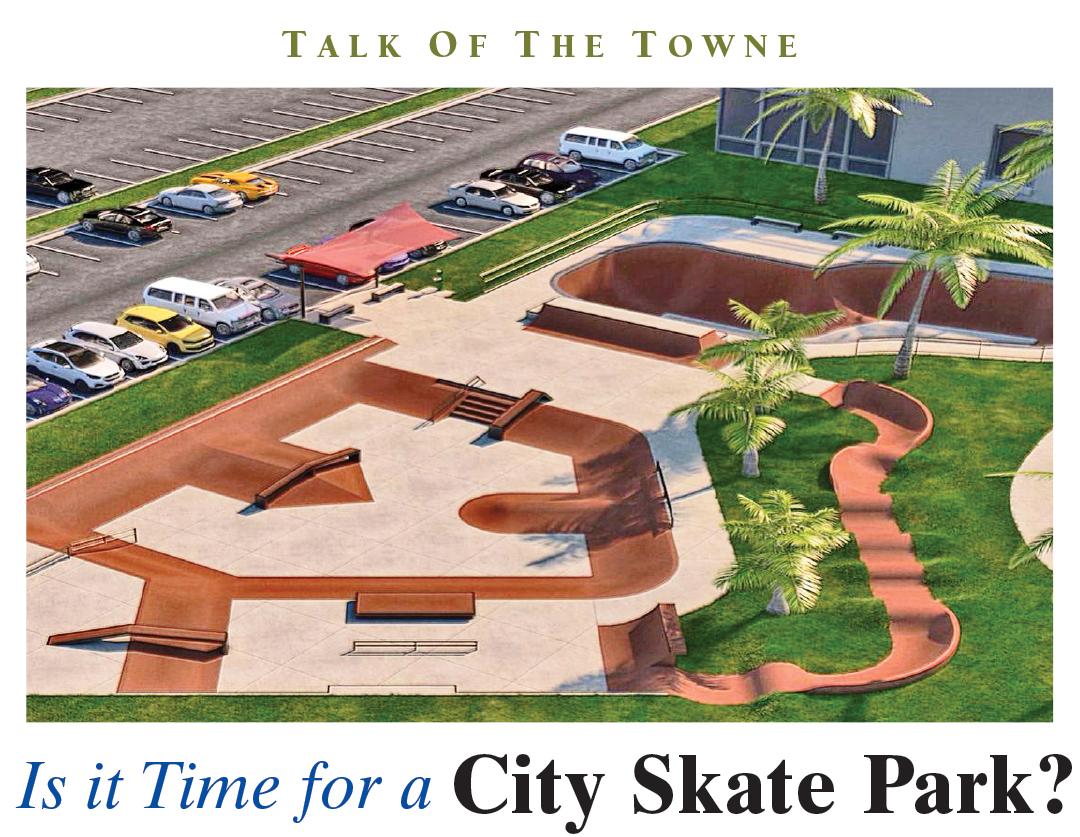
In 2005, the City of Orange set aside land at 368 North Prospect St. for development of a Skatepark. Upon learning this, Marc Conner, owner of Contenders Boardshop in Orange, began organizing an effort to see that skatepark completed.
“We know a skatepark is a big investment and that it will take time,” says Conner, who has been setting aside profits from his store with the intent of using the funds toward building the park in the future. “We’re dedicated to the idea of a skatepark because it’s such a healthy outlet for our youth.”
Amenities such as restrooms, parking and lighting on top of designing, developing and building the park puts the cost at an estimated $1.4 million dollars. It has currently taken three years for Conner to reach $28,000 through money dedicated from the profits of his store.
With this in mind, Conner turned to his friends for help. One of those friends is Chuck Walstead, who has been skating since 1978. Walstead worked at the Big O Skatepark during its run in Orange from 1978 to 1981 on East Chapman.
Prior to Big O Skatepark, Walstead says skating was more dangerous for skaters and pedestrians. “Skaters were building ramps in their backyards and skating in drainage ditches,” he says.
Conner confirms. “If you don’t have a skatepark, your city is a skatepark.”
Without a dedicated public skateboarding location, skaters tend to use architectural elements throughout the city that aren’t meant for skating. This increases the likelihood of hindering pedestrian walkways and damaging public and private property throughout the city.
A skatepark, on the other hand, provides kids with a safe space to get off the street and get some exercise. Skateboarding, which has made its way into the Olympics, can burn from 400-800 calories an hour and increases coordination. Even better, new research shows that involvement in skateboarding can reduce stress and increase confidence.
Given the many benefits of the sport, skateboard parks are one of the best investments a city can make, says Jim Gray, a major driving force behind the development of Costa Mesa’s skatepark in TeWinkle Park. He helped assemble the resources for the Public Skatepark Development Guide.
“Kids who skateboard spend every day on their skateboard,” says Gray. “My kids played baseball and soccer. They went to the park to play once a week and that was it. Skateboarders are at the parks on their boards every single day.”
Despite how good a skateboard park could be for kids, whether the project will be built is still up in the air. While the City of Orange set aside land, which Conner and Walstead are grateful for, it appears that no money has been earmarked for the project yet.
If you want to get involved in the building of a skateboard park in Orange, donations and community participation are welcome. This includes the possibility of naming rights for an individual or business interested in leaving a legacy. Contact Conner at 714-516-9300, or go to Contenders Boardshop at 1419 North Tustin St. Also voice your support with the Orange City Council.



